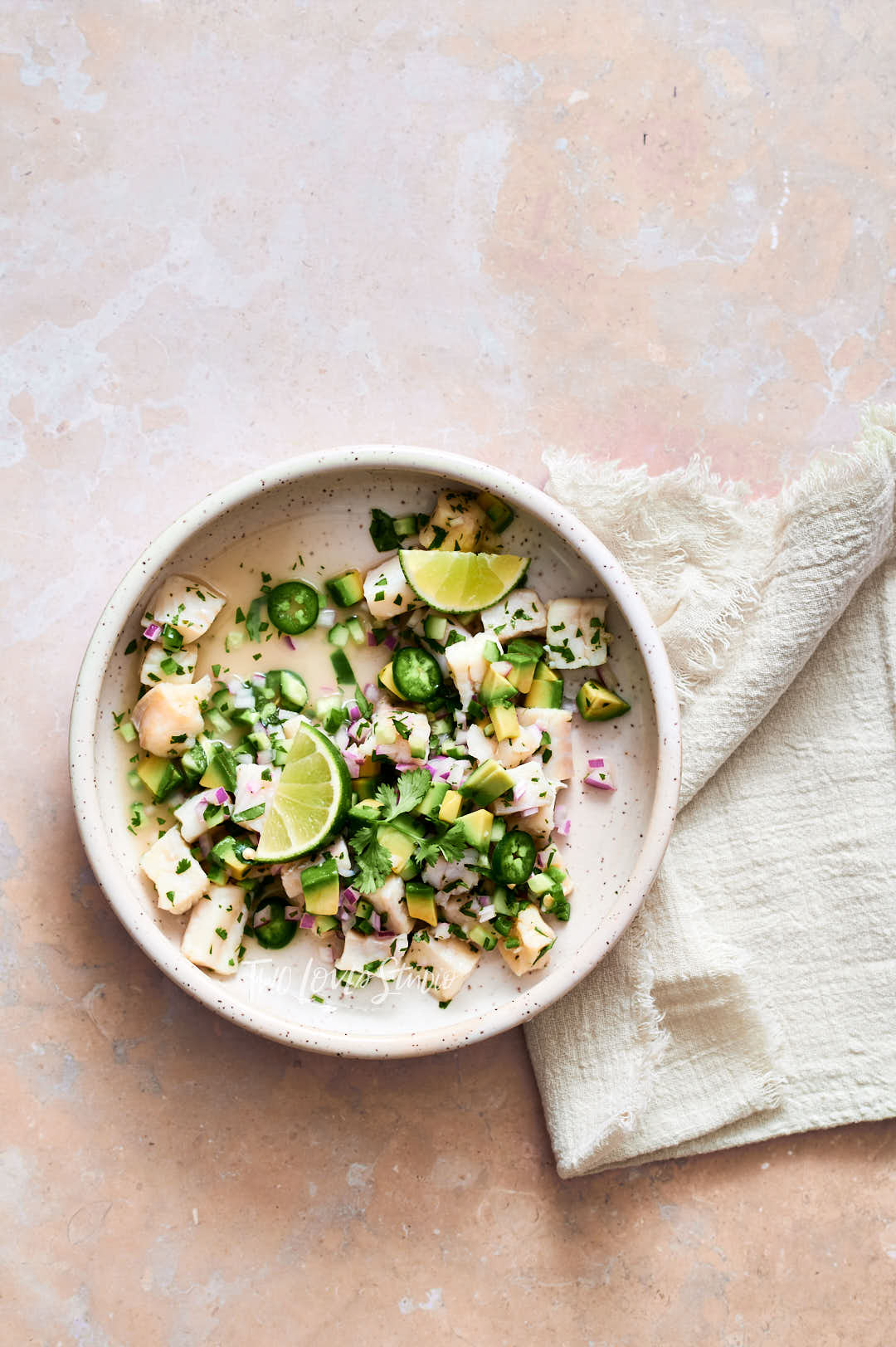Info Pulse
Stay updated with the latest trends and insights across various topics.
Snap and Savor: When Food Meets the Camera
Explore the art of food photography! Discover tips, tricks, and delicious recipes that will make your culinary creations shine.
The Art of Food Photography: Tips for Capturing Culinary Masterpieces
The art of food photography goes beyond simply pointing and shooting; it requires a keen eye for detail and a deep appreciation for the culinary creations before you. To start, consider the composition of your shots. Utilize the rule of thirds by dividing your frame into three equal sections, both horizontally and vertically. This technique helps in placing your subject—whether it's a plated dish or an ingredient—more aesthetically within the frame. Additionally, pay attention to background elements and props. Using negative space can make your food stand out, while textured backdrops can enhance the richness of your ingredients.
Lighting is another crucial aspect in mastering the art of food photography. Natural light, preferably during the golden hour, can create a warm and inviting atmosphere for your photos. Avoid harsh direct sunlight, which can lead to unflattering shadows. If natural light is not an option, consider investing in softbox lights or reflectors to mimic it. Lastly, don’t forget to experiment with different angles—overhead shots work well for flat-lays, while eye-level captures can highlight the texture and details of your dishes. With practice and patience, you'll develop your style and create stunning images that truly capture the essence of your culinary masterpieces.

10 Must-Have Props for Stunning Food Shots
When it comes to capturing stunning food shots, the right props can elevate your photography from ordinary to extraordinary. Here are 10 must-have props that every food photographer should consider: a beautiful wooden cutting board, which adds warmth and texture; elegant plates that complement the colors of your dish; and stylish napkins that provide a pop of design. Additionally, glass jars and bottles can be used creatively to showcase ingredients or beverages, while fresh herbs and edible flowers add a touch of color and freshness to the scene.
Incorporating props that tell a story is key to creating mouthwatering images. Consider using an antique fork or a rustic spoon to give your photo a sense of history and authenticity. Pay attention to lighting and how it interacts with these must-have props, as it can significantly enhance the overall presentation. Lastly, don’t forget about surfaces—beautifully textured backgrounds or simple tablecloths can provide an ideal stage for your delicious creations, making them look even more tempting through your lens.
Why You Should Start a Food Photography Journal Today
Why You Should Start a Food Photography Journal Today is a question that many culinary enthusiasts and aspiring photographers often overlook. Keeping a food photography journal allows you to document your creative journey, track your progress, and explore different styles and techniques. By regularly recording your thoughts and experiences, you can refine your skills and develop a personal style, all while capturing the beauty of food in different lighting and settings. Not only does this practice enhance your photography, but it also deepens your appreciation for the art of cooking and presentation.
Moreover, a food photography journal serves as a source of inspiration and motivation. You can organize your favorite recipes, jot down ideas for future shoots, and reflect on what worked and what didn't in each session. Consider including elements such as equipment notes, camera settings, and food styling tips that resonate with you. This way, you'll create a personalized handbook that can improve your skills while making the learning process enjoyable. So, grab your camera and a notebook, and start your food photography journal today—you'll thank yourself later!